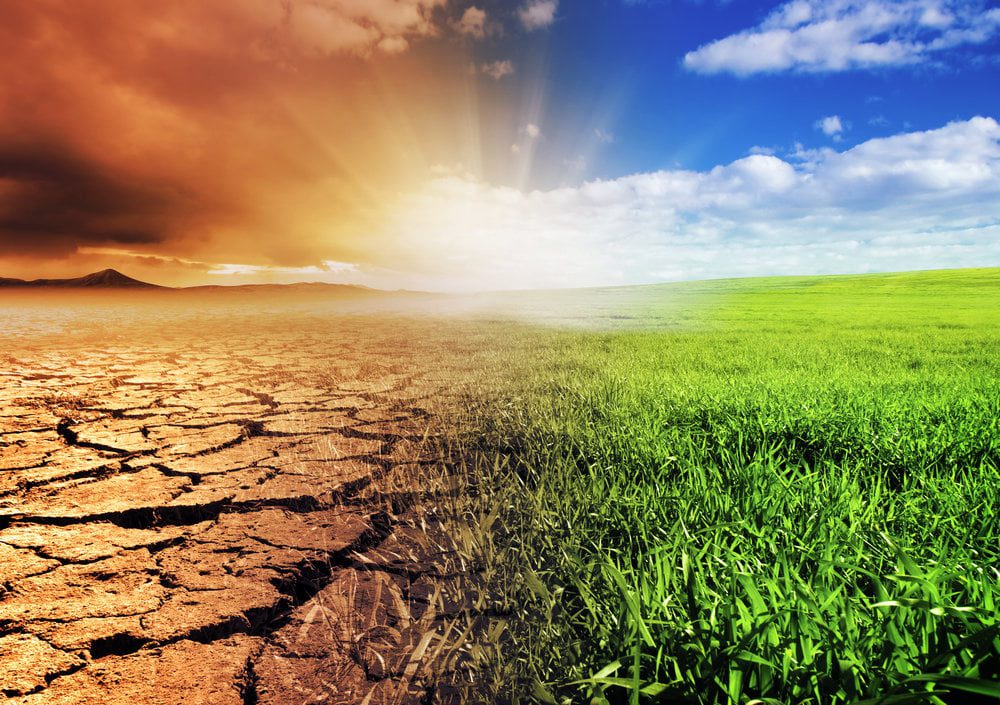What are the Effects of Plastic Pollution on the Atmosphere?

What are the Effects of Plastic Pollution on the Atmosphere? What are the effects of plastic pollution on the atmosphere pdf, What are the effects of plastic pollution on the atmosphere essay, Effects of plastic pollution on human health, 5 harmful effects of plastic, Plastic pollution in the ocean, Burning of plastic causes air pollution, Solutions to plastic pollution, single-use plastic effects on the environment
Plastic waste is terrible for the earth and looks bad. Plastic waste has numerous hidden repercussions in rivers, towns, and the coast. Have you considered how it affects our oceans and air? Every bit of wasted plastic disrupts the environment and undermines the climate. Since millions of tonnes of rubbish enter our globe each year, understanding these repercussions is more vital than ever. This inquiry will help you know how plastic pollution impacts our atmosphere and puts human life in danger, whether you’re a concerned citizen or want to make wise waste management decisions like Manchester’s small skip hiring. Let’s investigate this crucial issue and its dangers.

What is the Atmosphere, and Why is it Important?
Life depends on Earth’s thin and liquid atmosphere. Our nitrogen and oxygen-rich atmosphere protects us from the sun and maintains a healthy temperature. Without this limit, Earth would be unlivable. Too much radiation or heat could kill it. The atmosphere also affects weather trends worldwide, altering farming and wildlife-related wind, rainfall, and temperature patterns. Services like Mini Skip Hire Manchester help manage waste sustainably, reducing environmental harm. Knowing how vital the atmosphere is helps us appreciate its fragile equilibrium. Any disturbance can harm nature and people.
How to Make Your Car Roar: Top Modification Ideas
How Plastic Pollutes the Atmosphere
Plastic pollution is unsightly and dangerous to the environment. Plastics discharge harmful pollutants into the air when they break down. Complex air pollution can cause respiratory problems in people and animals. When plastic waste is burned, dioxins and furans are released. These substances are known to harm health and the environment over time. Microplastics, microscopic bits of broken-down plastic, also enter the air through wind or water evaporation. They can travel far before settling on land or water. The greenhouse gases emitted during plastic production worsen climate change. The perpetual cycle of manufacturing, utilising, and discarding is an urgent environmental issue that must be addressed to maintain air quality.
Case Studies of Plastic Pollution’s Impact on the Atmosphere
A Mediterranean case study is intriguing. Scientists found that plastic particles, especially microplastics, release toxic chemicals into the air. These pollutants may increase climate change and weather. Burning plastic for energy is standard in Southeast Asia. This process releases dioxins and furans, which harm the environment and residents. Scientists found that plastics carried by ocean currents are breaking down and releasing greenhouse gases in Arctic locations. This event is worsening global warming problems. These case studies demonstrate our global interconnectedness. Plastic garbage pollutes the air and harms all life on Earth.
Effects of Plastic Pollution on Human Health
Plastic trash harms health. Microplastics are in our air, water, and food. These little pieces can be inhaled or eaten. Many health issues are linked to microplastic contamination. Studies suggest they may worsen inflammation, hormone issues, and cancer. The long-term health repercussions are unknown, but they’re troubling. Plastic chemicals are also harmful. Bisphenol A (BPA) and other pollutants can cause reproductive issues and delay child development. Plastic waste also attracts harmful toxins from the environment, which can harm people and animals if they eat them. As we go towards healthier solutions, we must recognize the effects of plastic, which is so ubiquitous.
Solution to Plastic Pollution and Air Quality
Getting rid of plastic pollution requires multiple methods. Start with repeatable options. Spend less on single-use plastics. Use glass straws, cloth bags, and beeswax wraps instead. Education matters. Educating individuals about plastic’s environmental impact helps them change. Local workshops and efforts can stimulate action. Implementing reasonable waste management procedures is also crucial. Promote recycling systems that make plastic disposal straightforward. Support eco-friendly companies. Choose eco-friendly packaging over non-biodegradable. Help clean up plastic garbage from streets and rivers. Collaboration amplifies effects and inspires additional pollution fighters.
How Government and People Can Combat Plastic Pollution
Governments are crucial to eliminating plastic waste. They can regulate plastic production and consumption. Stronger single-use plastic bans encourage companies to go green. People are influential, too. Every decision, from shopping to trash disposal, impacts the world. Choose multi-use items to reduce plastic waste. Community projects matter, too. Local clean-ups remove waste and raise awareness. Education is crucial; knowing how their actions influence others helps people change. States and people can reduce plastic pollution by working together. When community members work with lawmakers, they often generate fresh ideas that benefit everyone and the environment.
Conclusion
Plastic waste is a global issue that affects more than just our oceans and creatures. This widespread issue also affects the atmosphere, vital to Earth’s temperature and life. Understanding how plastic garbage affects the weather can emphasise the need to act now. There are multiple ways plastics discharge hazardous chemicals into the air. It alters the temperature and endangers health. Case studies reveal how plastic waste increases litter and pollution in local communities. Governments and citizens must collaborate to end plastic pollution. Suitable waste management methods, like Manchester’s small skip hire, may reduce littering and encourage recycling.

